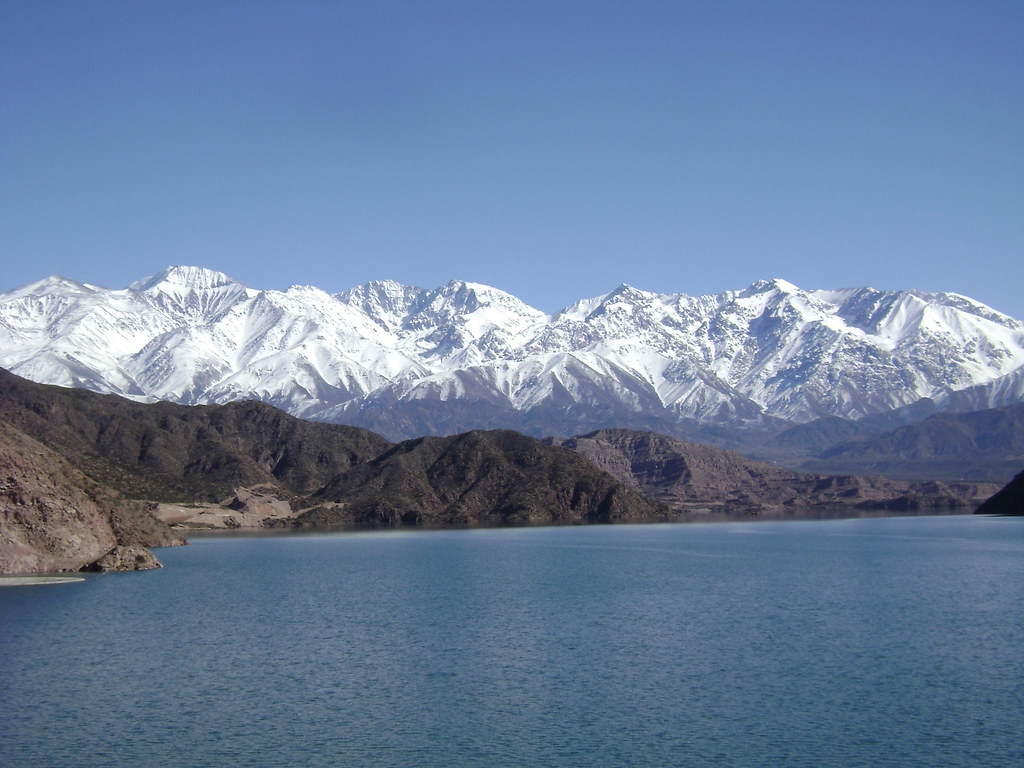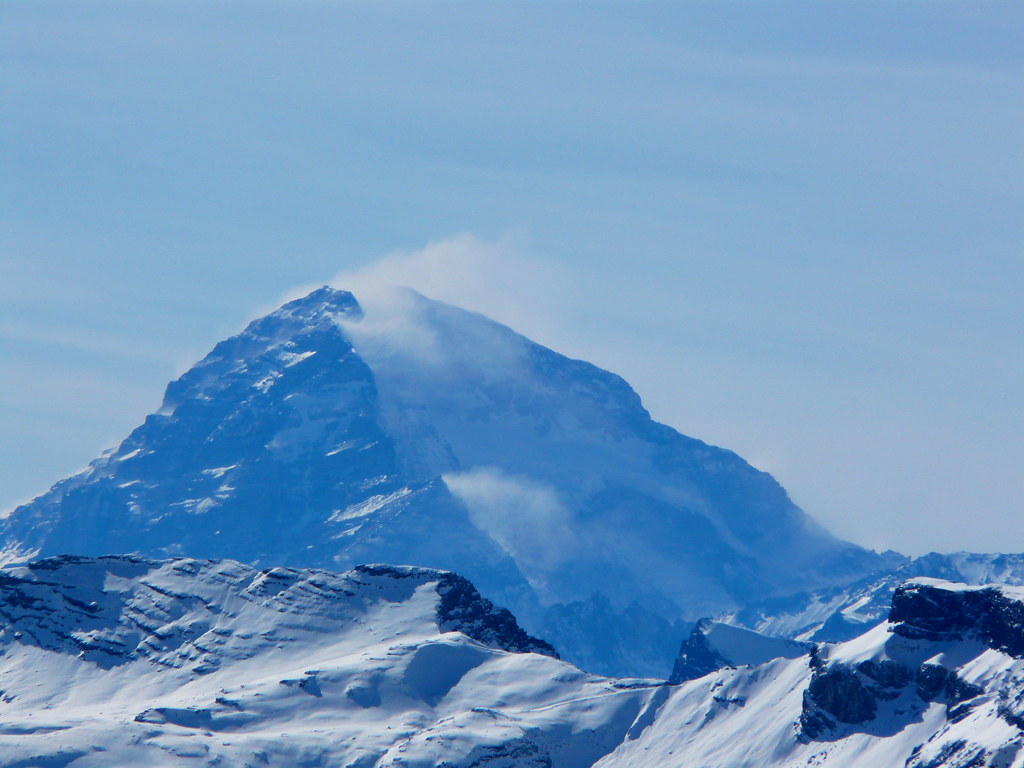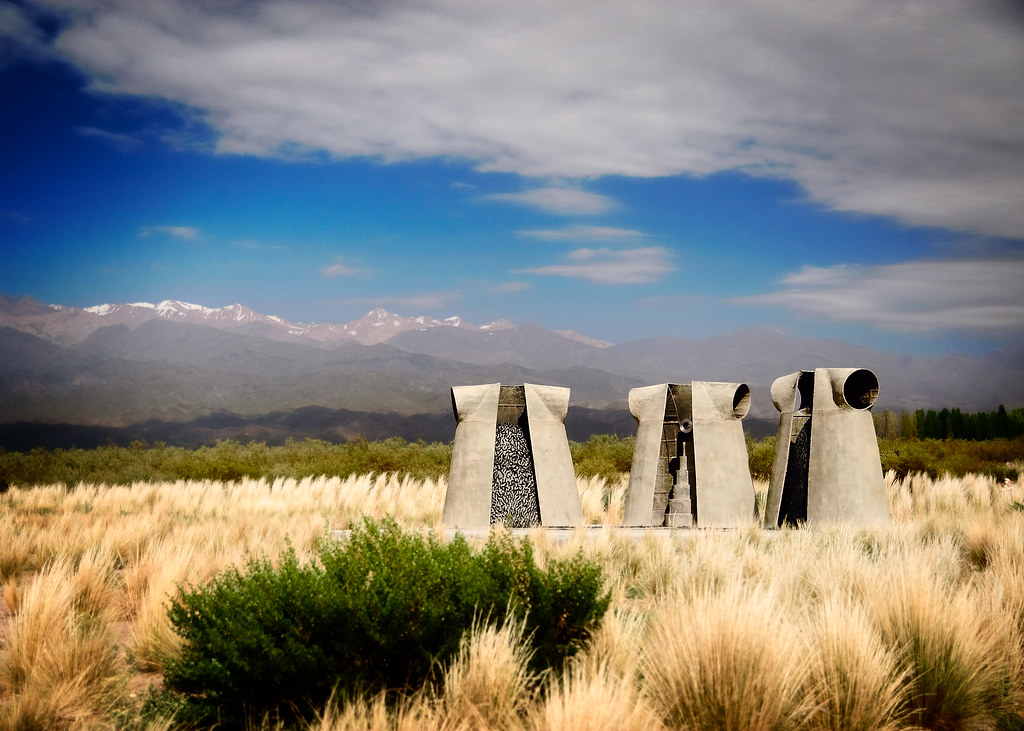


Mendoza, the wine capital of Argentina, is a great city in its own right, but if you venture a little further you’ll find enough to fill an entire vacation.
Rafting and zip-lining at Potrerillos
Potrerillos is a small town about an hour out of town in the precordillera, (the small hills which precede the Andes). It’s located on the poplar-fringed shores of the man-made Dique de Potrerillos. The lake is fed by the raging Rio Mendoza and it’s here that the rafting takes place. It’s hard to say when’s the best time to go, as every season has its perks. In summer there’s more snowmelt which makes for a faster ride, while in winter months the lower water-levels mean the ride is much more technical.
Section Type: standardWidthImageS
Picture: Marina Castillo

You can do a full day of rafting or you can combine a shorter rafting trip with some zip-lining, which I would definitely recommend. A few different steel zip-lines cross from one side of the river to the other, at the point where it joins the lake and the longest one measures 500 yards. The views are great, the ride is smooth, and it’s good to be out of the icy water for a while!
Aconcagua / Alta Montaña circuit
It’s weird to think that hot, arid Mendoza is only two hours away from permanently snowcapped Aconcagua, which at 22,841ft is the highest peak on the continent. But one glance at a map will confirm that a day trip to the base of Aconcagua is a must on any Mendoza itinerary.
Section Type: standardWidthImageS
Picture: Javier Rubilar

To avoid driving the same way twice ask your guide to take you in a loop. It’s slightly longer, but well worth it. On the way there you’ll pass through the towns of Potrerillos (see above) and Uspallata. The Uspallata valley is picture postcard pretty – poplars, willows, horses and brooks provide countless photo opportunities.
Once you leave Uspallata the landscape changes and you get into the high Andes: adjectives like ‘quaint’ and ‘pastoral’ give way to ‘rugged’ and ‘fearsome’. The river is brown and the mountains are grey. Wild horses graze on what little vegetation there is below the snowline. And then you get to Aconcagua, its enormous bulk almost superimposed on an already impressive landscape. White, white peak and blue, blue sky. You can get out and walk (or, if your lungs allow, hike) at its base. If you’re lucky you may even see a condor.
The drive back takes you through the forgotten valley of Villavicencio. Traffic on this route is virtually non-existent, and there’s more chance of seeing a herd of vicuña than another group of tourists. The long drive may leave you wanting to nod off, but don’t: it’s just too pretty to miss.
Winetasting in the Valle de Uco
The newly-planted Uco Valley, to the South of Mendoza, is at the forefront of Argentine winemaking. Big money has been invested in the valley and it shows: state-of-the-art irrigation, modern trellising and university-educated winemakers have been able to get the most out of what is a truly unique terroir. The Valle de Uco is most famous for big bold Malbecs (this is Argentina remember?), but in recent years it has also been producing some very interesting Cabernet Sauvignon and Torrontes varietals.
Section Type: standardWidthImageS
Picture: David

The snow-capped Andes provide a striking backdrop and the wineries themselves are equally arresting. Modern architecture and innovative restaurants are ten to the dozen, and your guide will be sure to sniff out the absolute best. A day in the Uco Valley will leave you brimful of the finer things in life. Good wine, good food and good design: who could ask for more?
Section Type: cta
Keen to see Mendoza for yourself? Check out our Argentina itineraries or speak to one of our Destination Experts about crafting the bespoke vacation of your dreams.


Copyright © 2025 SA Luxury Expeditions LLC, All rights reserved | 95 Third Street, 2nd floor, San Francisco, CA, 94103 | 415-549-8049
California Registered Seller of Travel - CST 2115890-50. Registration as a seller of travel does not constitute approval by the state of California.










